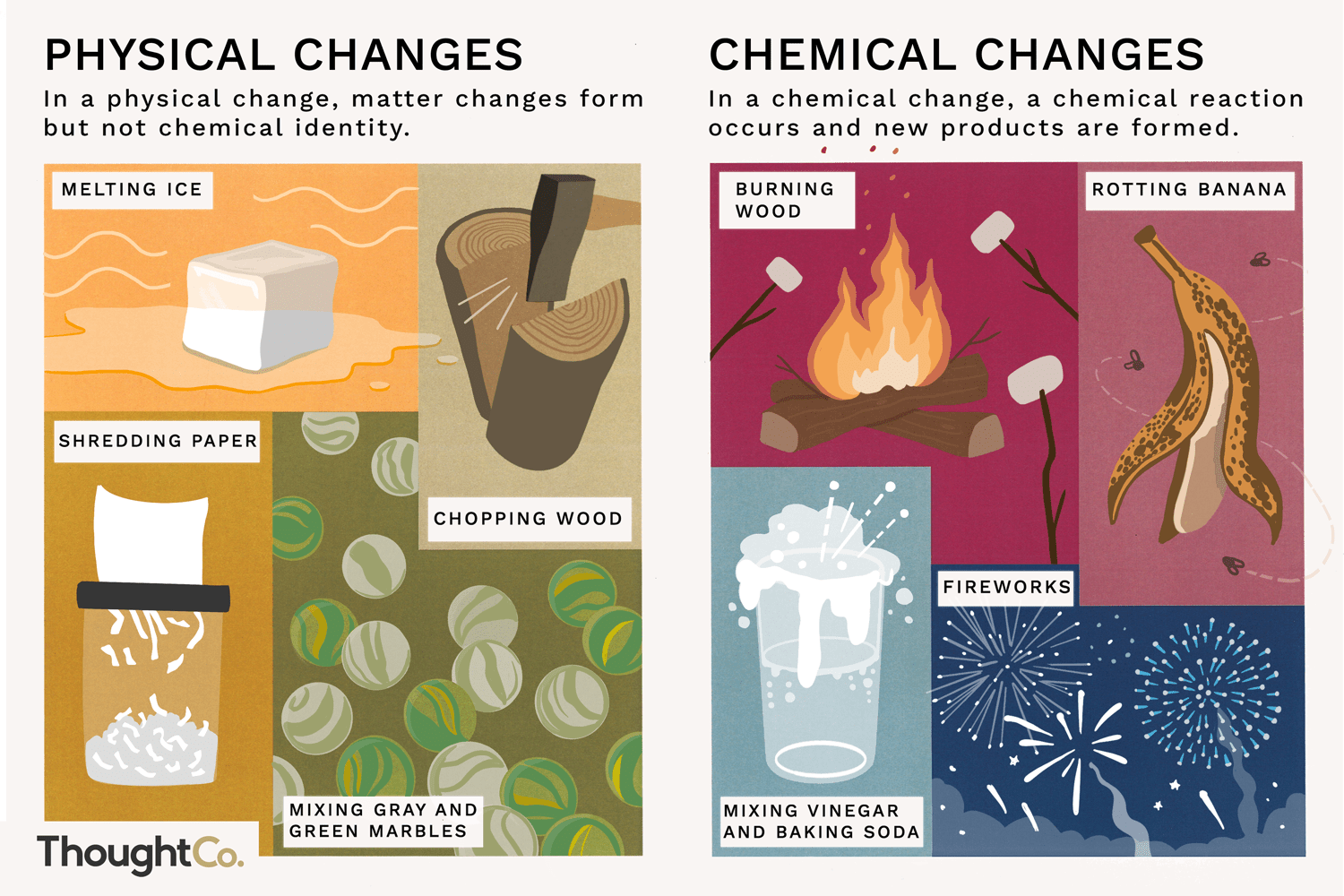7M1 Science
Section outline
-
Kia ora!
Welcome to science with Ms Hunter! I am Canadian who has been teaching at MHJC for 10 years. I have a very friendly dog named Scout and love running and hiking on the weekends.
I look forward to working with you this year. If you have any questions you can email me at chunter@mhjc.school.nz.
Wishing you an amazing first year at MHJC!
Ms Hunter
-
Links to Holistic Report: Ako / Learning to Learn
Activities:
- Exploring -- what animals come from the country I am from
- Lab activity -- making observations using our senses to describe how scientists attempt to answer their questions or to make sense of what they have seen
Success Criteria: I can/have...
- Work in a group to identify animals from your common country of origin
- Make and record scientific observations using your senses
EXPLORE / TŪHURA learning intentions:
- We are EXPLORING...how scientists observe and collect scientific observations to discover new information or as a way to answer their questions about the world
- We are EXPLORING...how animals are suited to their particular habitat by researching and investigating their features
-
Links to Holistic Report: Ako / Learning to Learn
Activities:
- Exploring ecosystem (in-class slides with activities in Google Classroom) -- habitats, communities, adaptations to survive in different habitats
- Digital components -- Habitats video clip (see below)
- Lab activities -- making scientific observations of animal features (feathers, scales)
- At home activities -- making scientific observations of your pet (5 min per day)
Success Criteria: I can/have...
- Identify and compare habitats and explain, with examples, some animal adaptations
- Describe how changes in an ecosystem can affect the survival of living things
- Make and record scientific observations (written or digital) using your senses
- Use new scientific tools to help collect detailed observations
Key terms:
- habitat, ecosystem, adaptation, community, population, abiotic, biotic, nocturnal
EXPLORE / TŪHURA learning intentions:
- We are EXPLORING...how scientists observe and collect scientific observations to discover new information or as a way to answer their questions about the world
- We are EXPLORING...how animals are suited to their particular habitat by researching and investigating their features
-
Links to Holistic Report: Ako / Learning to Learn
Ecosystems, Food Webs + Food Chains
Activities:
- In class learning -- Google Slides (refer to Google Classroom), life sized food web, practice reading food webs
- BrainPop -- Food Fight Game
- Lab activities -- Blubber experiment - investigating structural adaptations of polar bears
- Hands-on activities -- Chatterboxes with animal adaptations, make a zoo enclosure (refer to Google Classroom for instructions)
Success Criteria: I can/have...
- Write simple food chains from provided food webs
- Identify and compare the diets of the three types of consumers
- Describe how changes in an ecosystem can affect the survival of living things (eg. disease, predation, habitat loss, etc.)
- Extension: Write complex food chains using your own research
Key terms:- food web, food chain, predator, prey, competition, producer, primary consumer, secondary consumer, top predator, herbivore, carnivore, omnivore, extinction, endangered, energy
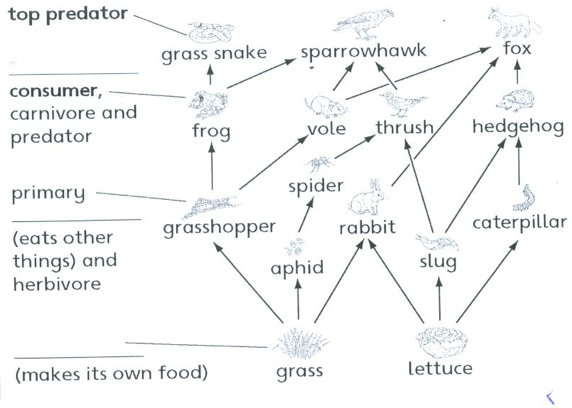
FOCUS / ARONGA learning intentions:
- We are FOCUSING...on identifying the features of animals to clarify what makes them suited to their particular habitat
- We are FOCUSING...identifying the factors that can impact an animal's habitat to explain why they may need to relocate
-
Links to Holistic Report: Ako / Learning to Learn
Ecosystems, Food Webs + Food Chains
Activities:
- Lab activity - Energy in food (demonstrate that different foods have different energy by burning them)
- Assessment work (refer to Google Classroom for the template)
Success Criteria: I can/have...
- Write observations, collect and draw conclusions on scientific data
- Apply the understanding of adaptations and habitats to our assessment
Key terms:
- food web, food chain, predator, prey, competition, producer, primary consumer, secondary consumer, top predator, herbivore, carnivore, omnivore, extinction, endangered, energy
FOCUS / ARONGA learning intentions:
- We are FOCUSING...on identifying the features of animals to clarify what makes them suited to their particular habitat
- We are FOCUSING...identifying the factors that can impact an animal's habitat to explain why they may need to relocate
-
Links to Holistic Report: Ako / Learning to Learn
Ecosystems, Food Webs + Food Chains
Activities:
- BrainPop -- Refresher video + quiz on the food webs (to assist with assessment)
- Field trip -- Tiritiri Matangi
- Assessment work
- Hands-on activities -- Setting tracker tunnels around the school and making bird feeders
Success Criteria: I can/have...
- Attend Tiritiri Matangi and apply your understanding of adaptations and habitats to NZ native birds
- Describe how changes in an ecosystem can affect the survival of living things (eg. disease, predation, habitat loss, etc.)
- Set tracker tunnels and used keys to identify pests in the environment
- Built a bird feeder to increase the diversity of NZ birds in the area
- Extension: Literacy activities in Google Classroom
Key terms:- food web, food chain, predator, prey, competition, producer, primary consumer, secondary consumer, top predator, herbivore, carnivore, omnivore, extinction, endangered, energy
PLAN & DO / WHAKAMAHI learning intentions:
- We are PLANNING... to build prototypes of bird feeds and traps to promote native bird diversity in Tāne forest
-
Links to Holistic Report: Ako / Learning to Learn
Ecosystems, Food Webs + Food Chains
Activities:
- Hands-on activities -- Comparing the footprints from our tracker tunnels to animal footprints
Success Criteria: I can/have...
- Set tracker tunnels and use keys to identify pests in the environment
- Make observations about what animals we find in Tāne / around the school (eg. what bait they prefer, types of animals we find in different locations, etc.)
Key terms:
- pest, predator, diversity
PLAN & DO / WHAKAMAHI learning intentions:
- We are PLANNING... to build prototypes of bird feeds and traps to promote native bird diversity in Tāne forest
-
Links to Holistic Report:
Moon | Marama *A new moon started on May 1st
How the moon and earth are linked to planting and Matariki.
Activities:
- In class learning -- Google Slides (refer to Google Classroom)
- Literacy -- Connected journals "Night Light" by David Hill and "Why is the moon upside down" by Trish Puharich
- BrainPop -- Moon video + quiz (assigned in Google Classroom)
- Lab activities -- simulating how moon craters were made
- Hands-on activities -- modelling the earth and moon orbits, drawing the moon each night for a month!
Success Criteria: I can/have...
- Describe the features of the earth's moon and how they were formed
- Differentiate how the earth's movements equate to a day, year, and account for seasons
- Visually identify the different phases of the moon
- Extension: Explain what leads to lunar and solar eclipses
- orbit, rotate, revolve, moon phases (new moon, waxing gibbous, full moon, waning gibbous, quarter noon), gravity, crater, eclipse, constellation
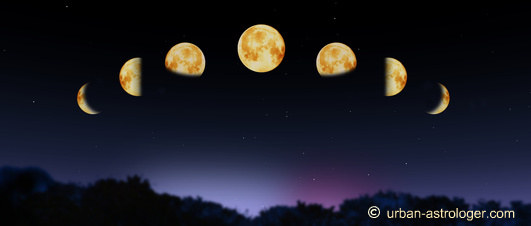
EXPLORE / TŪHURA learning intentions:
- We are EXPLORING...the moon phases by observing the moon so we can connect its pattern to lunar months
- We are EXPLORING...how the earth, moon and sun are linked together to recognise how days, months, years and seasons are formed
- We are EXPLORING... seasons to discover which constellations (eg. Matariki) are visible during the year and how they link to planting
-
Links to Holistic Report:
How the moon and earth are linked to planting and Matariki.
Activities:
- In class learning -- Google Slides (refer to Google Classroom)
- Literacy -- "It's always the same, but different" and "Why is the moon upside down?"
- Education Perfect - Matariki and the Māori New Year activity
- Hands-on activities -- making a tool that links the moon phases to the Matariki planting
Success Criteria: I can/have...
- Identify the phases of the moon in English and te reo
- Name the stars involved in the Matariki star cluster
- Describe how the earth's tilt is related to the seasons
- Explain why we cannot see Matariki all year round
- Tropic of Cancer, Tropic of Capricorn, equator, Prime Meridian, star cluster, Matariki
EXPLORE / TŪHURA learning intentions:
- We are EXPLORING...the moon phases by observing the moon so we can connect its pattern to lunar months
- We are EXPLORING...how the earth, moon and sun are linked together to recognise how days, months, years and seasons are formed
- We are EXPLORING... seasons to discover which constellations (eg. Matariki) are visible during the year and how they link to planting
-
FOCUS / ARONGA learning intentions:
- We are FOCUSING...on how the seasons are important to tree planting so that we can explain why Matariki is chosen as the best time of year for planting
- We are FOCUSING... on identifying the features of living things to ensure our tree planting is successful
Links to Holistic Report:
Understanding what distinguishes a plant as living and non-living so we can ensure the long-term survival of the plants we put in during Matariki.
Activities:
- In class learning -- Discussion on MRS GREN, search + gather examples (then classify them!)
- Education Perfect -- MRS GREN video
- Hands-on activities -- Introduction to the microscopes
Success Criteria: I can/have...
- Identify what MRS GREN stands for
- Compare, using examples from outside and with the aid of MRS GREN, what is living and non-living
- MRS GREN - movement, respiration, sensitivity, growth, reproduction, excretion, nutrition
-
PLAN & DO / WHAKAMAHI learning intentions:
- We are PLANNING to apply lab safety skills so that we can justify which food item(s) are the healthiest
- We are PLANNING to construct tables and graphs so that we can present our experiment results
PLAN & DO / WHAKAMAHI learning intentions:
- We are PLANNING... to grow seeds so that we can... practice looking after the trees we have planted and so we can understand what plants need to grow
Links to Holistic Report: We understand why we are learning and why.
Activities:
- Literacy -- Cell theory + cell parts comic (on Google Classroom) + answer the quiz, finish the MRS GREN poster
- Education Perfect - Living vs. Non-living things + cells
- BrainPop -- Cell video + quiz
- Hands-on activities -- planting seeds so we can examine how they meet the MRS GREN criteria over time, microscope work to view cells, make our own cells
- Demonstration: DNA extraction!
Success Criteria: I can/have...
- Choose one planting method and then plant seeds in preparation of making observations on its growth
- Correctly use a microscope to view and draw a variety of different cells so you can compare their shape and size
- Explain how the cell parts help the cell function and to keep the organism alive
- Extension: Prepare a cell sample to view under the microscope
- Microscope, organism
- Animal cell parts: nucleus, cell membrane, mitochondria, vacuole, cytoplasm,
- Plant cell parts: nucleus, cell wall, cell membrane, mitochondria, vacuole, cytoplasm, chloroplast
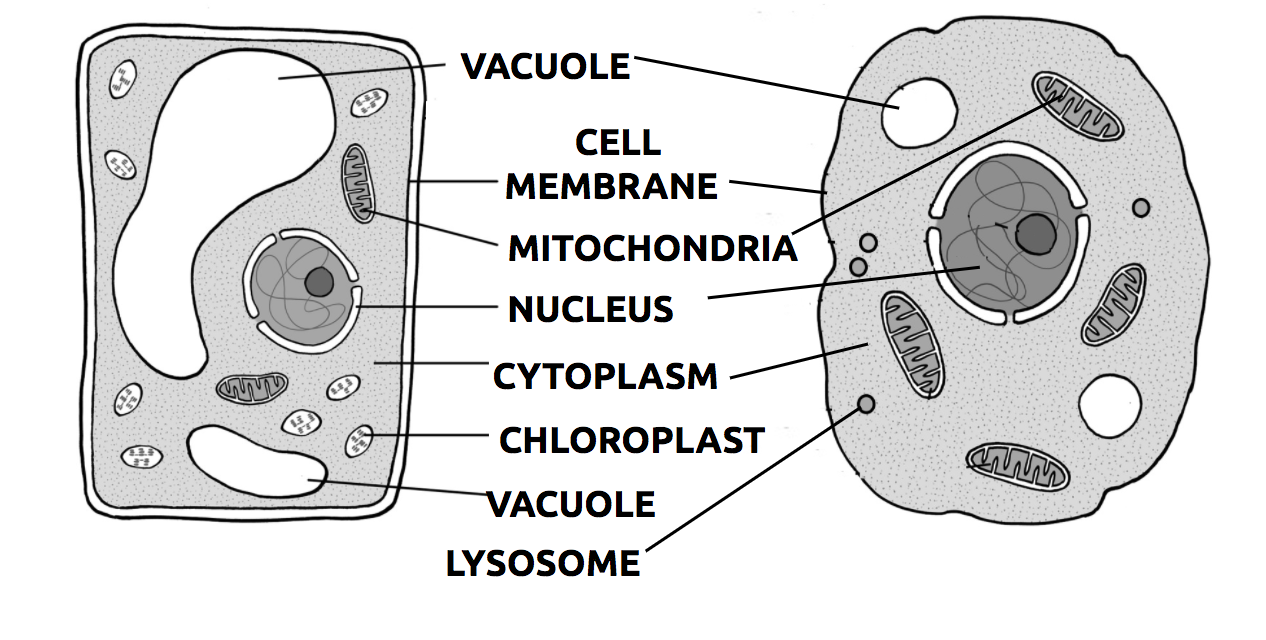

-
PLAN & DO / WHAKAMAHI learning intentions:
- We are PLANNING to apply lab safety skills so that we can justify which food item(s) are the healthiest
- We are PLANNING to construct tables and graphs so that we can present our experiment results
Links to Holistic Report: We understand why we are learning and why.
**We are spending the last two weeks of term conducting small investigations to develop our science communication and investigation skills
Activities:
- Literacy -- Science in the News (reading articles about products that have been shown to falsely advertise their effectiveness)
- BrainPop -- Scientific Process + Video
- Hands-on activities (practicals) -- continue to check our seeds!, Popcorn, Soap Bubbles, Water Drops
Success Criteria: I can/have...
- Follow the scientific method to draw simple conclusions for science investigation
- Differentiate between the independent, dependent and control variables
- Identify how a test could be unfair
- Collect data in a table
- Extension: Some students received MicroBits to work on
- Investigation, independent variable, dependent variable, control variable, method, conclusion, observation
-
EXPLORE / TŪHURA learning intentions:
- We are EXPLORING...how to investigate and discover if products meet their consumer guarantee by conducting consumer science experiments
- We are EXPLORING... different food products by testing and classifying them by the types of nutrients they contain
Links to the Holistic Report: Learning to Learn (Digital Literacy + Learning Strategies)
Activities:
- Class slides -- Slides have been posted in Google Classroom to support students with graphing their collected data
- BrainPop (Numeracy) -- Graphing + Video
- Hands-on activities (practicals) -- Skipping and Chips in the Bag
Success Criteria: I can/have...
- Follow the scientific method to draw simple conclusions for science investigation
- Produce a graph with an appropriate label + title for collected data
- Investigation, independent variable, dependent variable, control variable, method, conclusion, observation, scale, title
-
EXPLORE / TŪHURA learning intentions:
- We are EXPLORING...how to investigate and discover if products meet their consumer guarantee by conducting consumer science experiments
- We are EXPLORING... different food products by testing and classifying them by the types of nutrients they contain
Links to the Holistic Report: Learning to Learn (Digital Literacy + Learning Strategies)
Activities:
- Literacy -- Scientific Method Poem + word search, reading about nutrients (Library visit)
- Numeracy -- Graphing practice
- Ed Perfect -- Types of graphs
- Hands-on activities (practicals) -- Handwashing + food tests
Success Criteria: I can/have...
- Follow the scientific method to draw simple conclusions for science investigation
- Produce a graph with an appropriate label + title for collected data
- Write detailed conclusions using the collected data
- Identify nutrients found in different foods
- Compare the benefits of different nutrients
- Bacteria, agar plate, food test, nutrient, vitamin, mineral
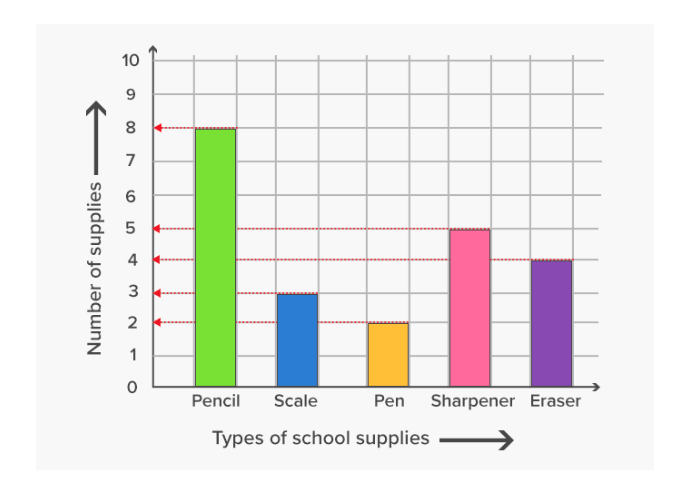
-
FOCUS / ARONGA learning intentions:
- We are FOCUSING...on developing simple experiments to compare products so we can identify healthy food choices
Activities:
- Literacy -- Pseudoscience (reading) + analysing the purpose of the text
- Numeracy -- Averaging data and graphing (assigned in Maths Buddy)
- Hands-on activities (practicals) -- Finish up Food Test lab + start assessment practical
- Skill building -- group work on lab reports based on your needs
Success Criteria: I can/have...
- Identify nutrients found in different foods
- Compare the benefits of different nutrients
- Write detailed conclusions using collected data
- Plan a simple science investigation using tasks completed in class
- Nutrient, average, conclusion
-
Links to the Holistic Report: Learning to Learn (Digital Literacy + Learning Strategies)
Activities:- Hands-on activities (practicals) -- Fat test to compare fat in regular and low fat chips
- Microbits -- group work to practice coding (leading into Term 4)
- Assessment work: conduct the food test(s) required for your assessment
Success Criteria: I can/have...
- Work safely in the lab during the assessment period
- Write detailed conclusions using collected data
- Plan a simple science investigation using tasks completed in class
-
Links to the Holistic Report: Learning to Learn (Digital Literacy + Learning Strategies)
Activities:- BrainPop refresh -- Statistics and Graphs movies (if required to help with assessment)
- Assessment work: work on your write-up to submit by the due date
- EdPerfect -- Introduction to states of matter
- Literacy -- "What's the Matter with Mr Whisker's Room"
- Microbits -- group work to practice coding (leading into Term 4)
Success Criteria: I can/have...
- Seek peer assistance in class to complete your assessment by the due date (help with graphing, peer checking conclusions and referring to Google Classroom/class notes)
- Compare the composition of solids, liquids and gases
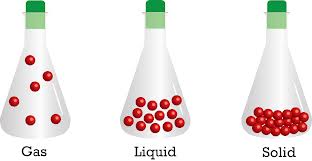
-
EXPLORE / TŪHURA learning intentions:
- We are EXPLORING...how matter changes between states so we can interpret and understand their uses in society (eg. Halloween)
Context: Halloween
Success Criteria:
- Investigate and compare different types of particles (Solids, liquids, gases)
- Identify how particles change between states
- Describe what density of a substance means
- Give examples of where solids, liquids and gases are used in society
Keywords: solid, liquid, gas, density, evaporation, condensation, melting, deposition, sublimation, freezing
Activities:
Practical: investigate + record observations of solids, liquids, gases, prepare a density column
Literacy: edPuzzle (Bill Nye States of Matter)
In-class: Demonstration in changes of state, demonstration of gas having mass
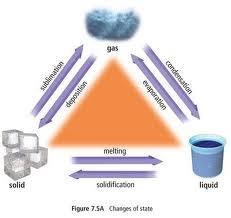
-
EXPLORE / TŪHURA learning intentions:
- We are EXPLORING...how matter changes between states so we can interpret and integreate their uses into society (eg. Halloween)
- We are EXPLORING... chemical and physical changes by experimenting with different materials used in holiday decorations
Success Criteria:
- Compare different changes in state using dry ice
- Explore the physical properties of materials used for decorations in events
- Investigate the properties of materials to differentiate the appropriate use of them in society
Keywords: malleable, ductile, brittle, conductive, insulator, melting point, boiling point
Activities:
Practical: dry ice activities to show changes of state (Halloween), make peanut brittle to show what brittle means, conductivity of solids lab
Literacy: Google Classroom (Physical changes with particle theory), crossword puzzle of key terms
In-class: Charades to identify the physical properties, Kahoot
-
FOCUS / ARONGA learning intentions:
- We are FOCUSING...on identifying the chemical and physical changes used in Halloween (and other holiday) decorations so wen can develop our own decorations
EXPLORE / TŪHURA learning intentions:
- We are EXPLORING...how matter changes between states so we can interpret and integreate their uses into society (eg. Halloween)
- We are EXPLORING... chemical and physical changes by experimenting with different materials used in holiday decorations
Success Criteria:
- Investigate chemical changes used in special effects, including fire works, so we can apply and make our own special effects or decorations
- Record detailed observations to draw simple conclusions and ask deeper questions
Keywords: chemical change
Activities:
Practical: investigate conductivity of liquids, examine a candle to identify chemical vs. physical changes, explore other chemicals to identify signs of chemical changes
Literacy: Google Classroom (Properties of materials worksheet)
In-class: Demo of chemical changes
